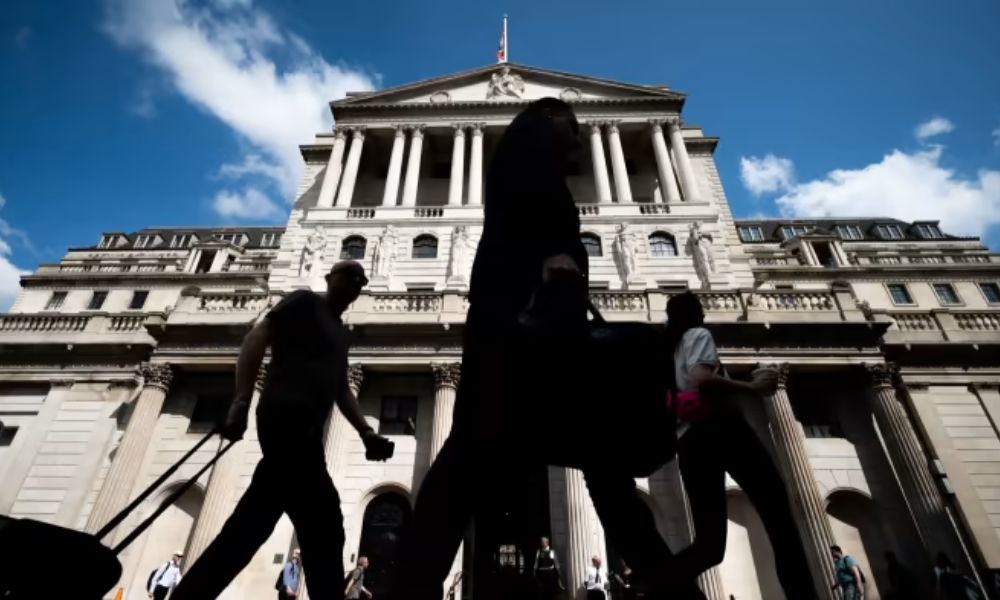
The first half of 2023 witnessed striking economic and financial dispersion, both within countries and across them.
With some of this dispersion reversed in July, there is a growing tendency to forecast convergence in the period ahead, and the favourable set of outcomes that would come with that, from better growth and inflation results to rewarding investment performance. Yet, doing so now would be premature and unwise.
Signs of apparent convergence are multiplying in both economic and financial domains. Consider the following as an illustration:
Long a laggard in significantly lowering its inflation rate, the UK favourably surprised with its lower-than-expected data released in July, fuelling hopes that it will now converge relatively quickly to the lower inflation rates prevailing in other G7 economies.
|
Are you a Tax Lawyer in USA? |
With the widely expected policy action later this week, the Bank of England may join the European Central Bank and the Federal Reserve in converging to 25 basis points rate increases after a wide range of outcomes in June. These included a 50bp rise for the BoE, a 25bp increase for the ECB and an unchanged rate for the Fed.
After slipping well behind the surging tech-heavy Nasdaq index, the Dow Jones index of more traditional industrial and consumer companies has been closing the gap in recent weeks.
Internationally, after significantly underperforming those in advanced and emerging economies, Chinese stocks outperformed both of them in July.
Finally, what some viewed as alarming talk of China-US “decoupling” has given way to the seemingly more comforting notion of a “de-risking” that would neither derail growth and trade nor cause much financial instability.
This growing talk of less economic and financial dispersion naturally fuels economic and market optimism. Indeed, the longer it persists, the more it may reduce uncertainty and lessen volatility within and across countries.
In turn, this would improve the prospects for soft landings at national and global levels, alleviate interest rate and currency pressures, and enable the next leg up in asset prices to be led by securities with less inflated valuations.
Also, with the possibility of such a range of positive feedback loops among them, it is tempting to believe that the second half of the year will see a decisive lifting of the clouds of uncertainty that have been hanging menacingly over the global economy and markets.
As much as we should hope for all this to materialise, it would be wiser to plan for a bumpy road ahead. Just consider some of the factors that complicate the convergence that appears to be taking place.
Absent a greater contribution from supply-enhancing measures, the BoE still has a tough road ahead in its inflation fight.
Meanwhile, as the more advanced ECB and Fed embark on the “last mile” of their anti-inflation mission, both will face trade-offs between meeting their common 2 per cent inflation target and maintaining financial and economic stability.
The central banking challenges extend beyond this. In coming months, the Bank of Japan faces the delicate task of making more than a tweak to its increasingly distortive YCC (yield curve control) policy regime.
Meanwhile, the cumulative impact of rate rises elsewhere is likely to hit harder a large set of maturing leveraged activities and zombie companies whose financial viability requires either financial restructurings or coercive reductions in debt.
In a world where manufacturing is under pressure and surplus savings are being depleted, fundamental support for market-wide price gains will lack the energy of the small set of stocks riding a huge secular wave (think artificial intelligence and other structure-changing innovations) or having “all-weather” characteristics (think traditional Big Tech).
Given that China’s growth challenges are both cyclical and secular, the government’s traditional strategy of turbocharging markets through fiscal and monetary stimulus will prove less effective and more distortive, frustrating a rapid market convergence.
Finally, for the reasons set out in an earlier column, it is very difficult for the US to de-risk from China without a considerable degree of decoupling.
|
Are you a Tax Lawyer in USA? |
We should do our utmost to moderate the pull of the comforting convergence narratives. Failure to do so would not only translate into a premature relaxation of the efforts needed to overcome remaining short-term challenges.
It would also leave us in an even worse position to handle the secular and structural problems that face our generation and those of our children and grandchildren.
Source: ft.com